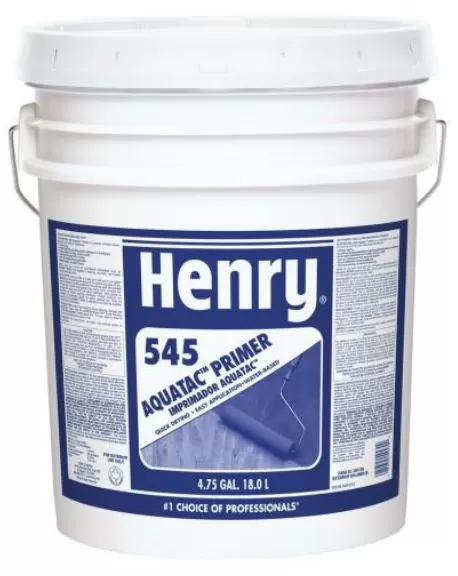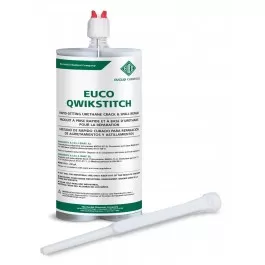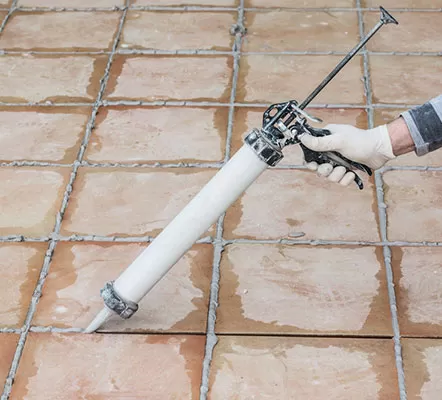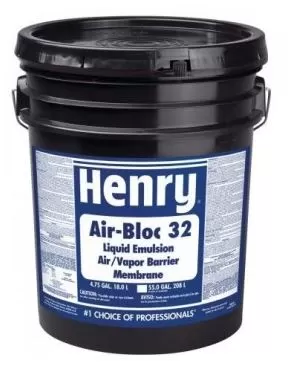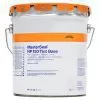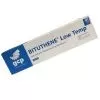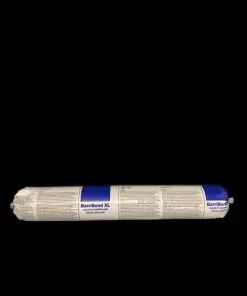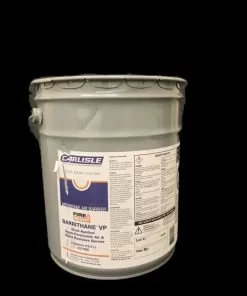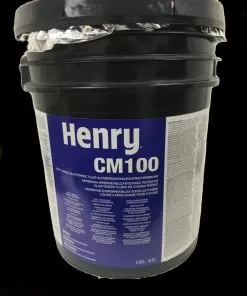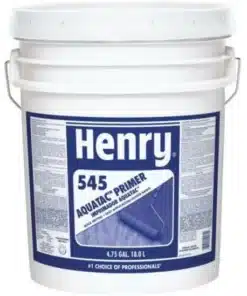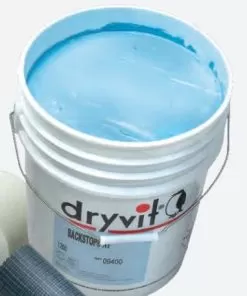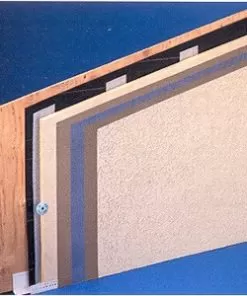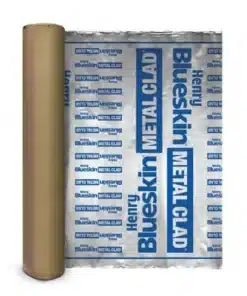Henry Air-Bloc 32MR
$256.40
ATTENTION. Henry AirBloc 32MR has been discontinued. Please see Henry AirBloc 16MR
- Retains flexibility over a wide temperature range
- Adheres to most construction surfaces, including block, concrete, stone, wood, metal insulation and gypsum board
- Can be applied to damp concrete and polystyrene insulation
- Cures to a seamless elastomeric membrane that bridges cracks
- Meets CAN/CGSB-51-33 Type I requirements
- Integral mold resistant formulation as per ASTM D5990
Out of stock
ATTENTION. Henry AirBloc 32MR has been discontinued. Please see Henry AirBloc 16MR
Henry Air-Bloc 32MR surface prep
All surfaces must be sound, dry, clean and free of oil, grease, dirt, excess mortar or other contaminants. New concrete should be cured for a minimum of 16 hours before Henry Air-Bloc 32MR is applied. Concrete surfaces should be free of large voids and spalled areas. Joints between panels of exterior grade gypsum, plywood and rigid insulation up to ¼” wide shall be filled with a trowel application of Air-Bloc 32MR and reinforced with a strip of 2” wide glass fiber tape prior to application of liquid membrane. Joints between panels of exterior grade gypsum or plywood wider than ¼” should be sealed with Blueskin membrane adhered to the primed substrate (use Blueskin Primer or Henry 545 Aquatac) and lapped a minimum of 3” on both sides of the crack. Joints wider than ¼” between panels of rigid insulation are not permitted. Mortar joints on CMU walls should be struck flush with block surface. Cracks in masonry and concrete up to ¼” wide shall be filled with a trowel application of Henry Air-Bloc 32MR and allowed to cure overnight prior to application of the liquid membrane to the surface, or alternatively, the cracks may be sealed with a strip of Blueskin membrane applied to the primed substrate (use Blueskin Primer or Henry 545 Aquatac). Cracks wider than ¼” should be sealed with Blueskin membrane adhered to the primed substrate and lapped a minimum of 3” on both sides of the crack. Transition joints between two dissimilar materials at beams, columns, window and door frames, etc., should be sealed with strips of Blueskin membrane, lapped a minimum of 3” on both substrates. Mechanical attachment should be made to all window and door frames, or a properly designed sealant joint should be provided.
Application
Henry Air-Bloc 32MR may be applied by brush or heavy-duty airless spray in a single or dual-coat application. Apply in continuous, monolithic application without sags, runs or voids, transitioning onto flashing membrane to create a uniform drainage plane and air-barrier. Regularly monitor wet mil thickness during application to assure adequate coverage.
Coverage
- Smooth Surfaces such as exterior gypsum sheathing or formed concrete: 5 gal US / 100ft2 (2.0L/m2) to give a wet film thickness of approximately 75 mils (40 mils dry) depending on texture and porosity of surface.
- Rough Surface such as CMU: 7gal US /100 ft2 (2.8 L/m2) to give a wet film thickness of approximately 110 mils (60 mils dry) depending on texture and porosity of surface.
Clean Up
Use waterless hand cleaner for skin. Spray equipment can be flushed out with water. Use citrus based cleaners to remove dried films
| Weight | 48 lbs |
|---|---|
| Dimensions | 15 × 15 × 18 in |
Related products
Air and Vapor Barrier
Air and Vapor Barrier
Air and Vapor Barrier
Adhesive
Air and Vapor Barrier
Air and Vapor Barrier
Air and Vapor Barrier
Air and Vapor Barrier

